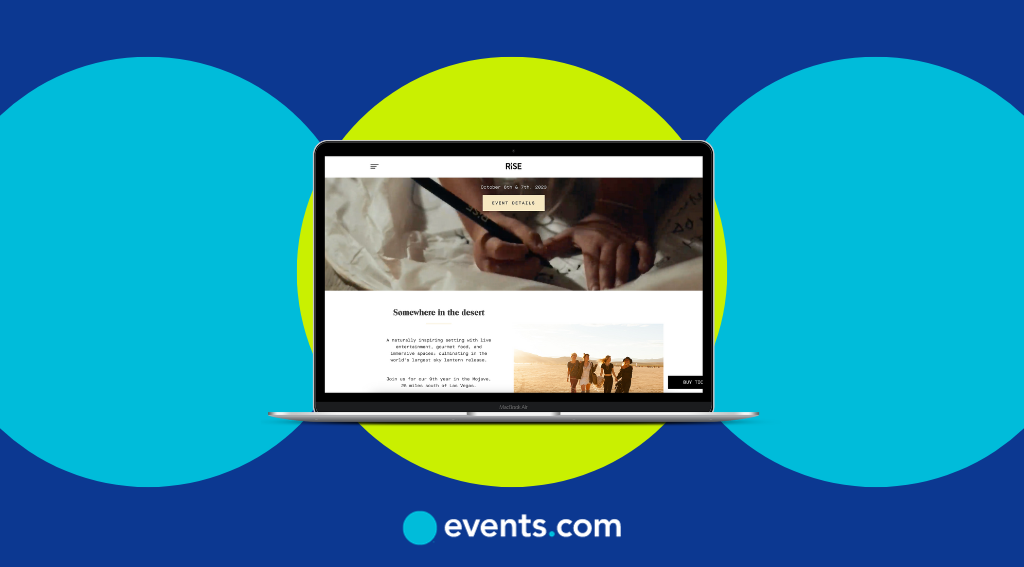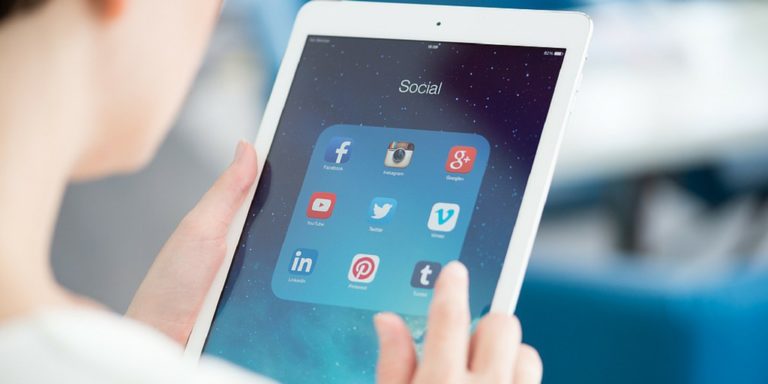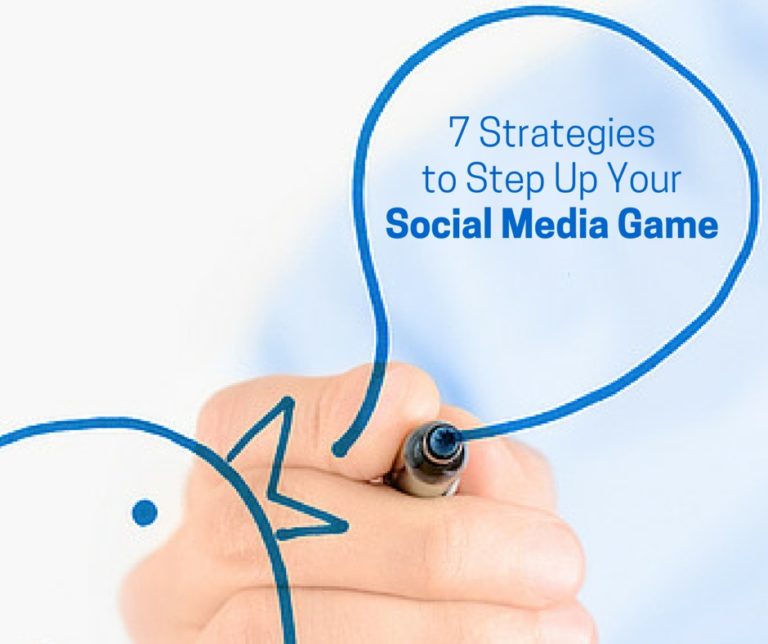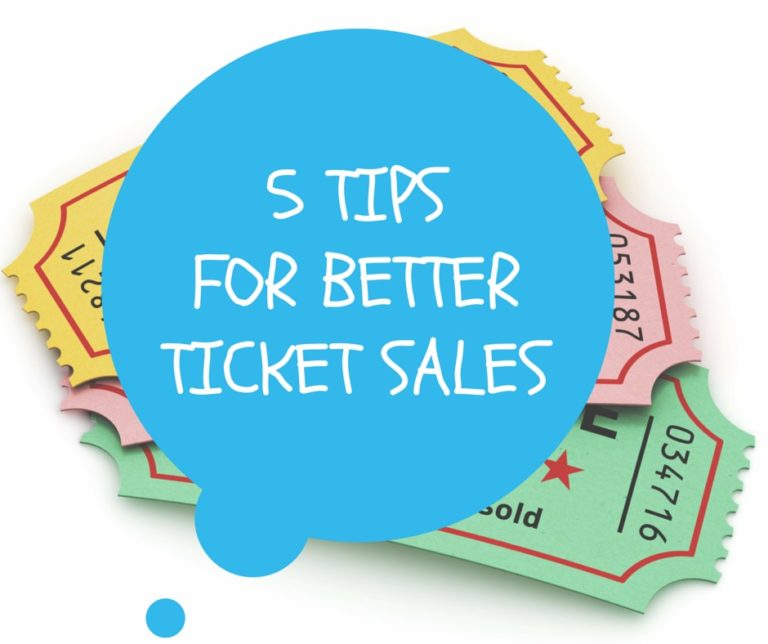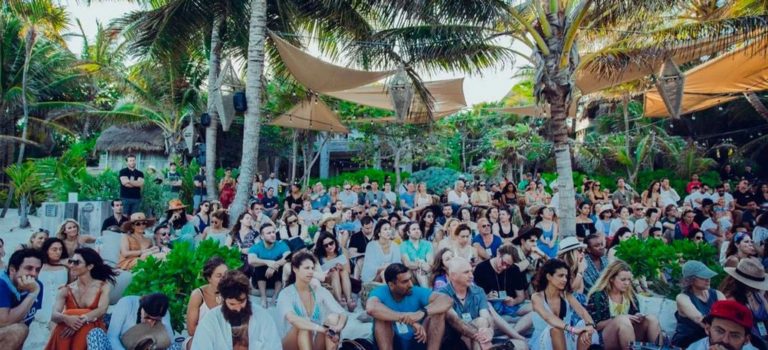Why Do You Need an Event Landing Page?
An event landing page essentially functions as the digital front door to your event, offering a preview and essential details to potential attendees. Whether you’re organizing a fundraiser, race, or festival, a dedicated landing page is indispensable.
Beyond its informative role, an event landing page’s main purpose is to convert readers into attendees. You can also use it to funnel traffic, boost your website SEO, and collect email addresses from visitors for future event marketing. Whether you’re organizing a fundraiser, race, or festival, a dedicated landing page can do wonders for the success of your event.
11 Tips To Create a High-Converting Event Landing Page Design
1. Use High-Quality and Engaging Visuals
When it comes to creating the best landing page, make sure to use high-quality and engaging visuals. As with anything, your audience forms an immediate impression based on what they see, and captivating visuals surrounded with white space can make a significant impact on their decision to explore the page further. Whether it’s showcasing past event highlights or the event venue, visuals should be clear, relevant, and attention-grabbing.
Incorporating high-quality visuals into your event landing page also plays a crucial role in showing the value and allure of your events. Poor-quality images and a poor-quality event page design will make your event look poor quality.
2. Optimize Your Design for Conversations With Heat Maps
Heat maps are one of the best ways to understand what’s working and not working with your landing page. With heat maps, you can identify hotspots and dead zones by analyzing where users click, move their cursors, or spend the most time. This insight allows you to strategically place important elements, like call-to-action buttons, in areas that receive the most attention. It also helps you to figure out which parts of your event pages needs improvement.
By strategically optimizing for user behavior, you can significantly increase the conversion rate of your landing page, therefore selling more tickets and increasing your event ROI.
3. Hook Your Readers With an Attention-Grabbing Headline
The headline of your event landing page is your chance to hook your audience. It’s the first thing visitors see, and it’s the key to drawing them in. Crafting a captivating headline is an art that can significantly impact your page’s success. In fact, 80% of readers will only read your headline. In order to avoid a reader scrolling away from your page, here are some ways to make your headline work for you:
- Be clear and concise: Your headline should convey the essence of your event. Tell visitors what your event is about, why it’s valuable, and what they can expect.
- Create urgency: Incorporate elements of urgency or exclusivity into your headline. Phrases like “Limited Seats Available,” “One-Time Opportunity,” or “Early Bird Special” can compel visitors to take action sooner rather than later.
- Highlight benefits: Focus on the benefits attendees will gain from your event. Make it clear how your event will add value to their lives or careers. A benefit-oriented headline can engage visitors and pique their interest.
4. Explain What the Event Is All About
A fundamental aspect of a successful event landing page is the ability to effectively communicate what your event is all about. Visitors should leave your page with a clear understanding of the event’s purpose, content, and value. To do this, highlight all the key features of your event. If your event has a history, consider showcasing highlights and testimonials from previous attendees. This provides social proof and builds trust among potential attendees, reassuring them that your event delivers on its promises. In short, your visitors should leave with a firm understanding of what your event offers and why it’s worth their time.
5. Share Benefits Tailored to Your Target Audience
A great landing page for events should also effectively communicate the benefits your event brings to your target audience. To do this, you need to first understand the unique needs and challenges of your audience. Once you understand this, you can properly communicate how your event fulfills their needs or addresses their problems.
And at the end of the day, personalization is key. Show that you understand their individual needs. When visitors feel a genuine connection between what you offer and what they are looking for, they’re more likely to want to attend your event.
6. Include Information About the Time, Place, and Host
A landing page should not only capture attention but also provide crucial information, including event details about the time, place, and host. If they leave your landing page without knowing the time and place, they don’t truly know if they will even be able to attend your event, so this information is essential. Additionally, if you have a host who is well-known, it’s important to state who they are on the landing page, as it adds credibility and trustworthiness to your event. This can also encourage sign-ups. These key details make your event seem more transparent and make people feel they have all the information necessary to make an informed decision about attending.
7. Create a Sense of Urgency With a Count-Down Feature
The best event landing pages incorporate a sense of urgency, often through a count-down feature, encouraging visitors to take immediate action. A count-down timer creates a visual and psychological trigger, signaling that time is running out. This can be particularly effective for event registrations. It taps into the fear of missing out and drives visitors to make quick decisions. Whether it’s a discount that expires soon or a registration deadline for an event, the count-down feature instills a sense of excitement and prompts visitors to convert before it’s too late. However, it’s crucial to ensure that the urgency is genuine and not overused, as maintaining trust with your audience is just as important as boosting conversion rates.
8. Offer an Easy-To-Fill Registration Form
A successful event registration landing page should also provide an easy-to-fill registration form that makes the process as seamless as possible for visitors. The form should only request essential information, as lengthy forms with unnecessary fields can deter potential leads. It’s also a good idea to implement autofill options where possible.
By offering an efficient, user-friendly registration landing page form, you not only increase conversion rates but also enhance the overall satisfaction of your audience. This sets a good precedent for how the rest of their event experience will go.
9. Include Your Social Media Platforms
Integrating your social media platforms into your landing page is another way event marketers improve landing pages. By prominently featuring links or icons to your social media profiles, you can give your visitors an opportunity to connect, engage, and follow your brand on various channels. This not only fosters a sense of community but also offers a way for users to stay updated on your latest updates, event promotions, and content. Additionally, social sharing buttons allow visitors to easily share your landing page, extending your reach organically.
10. Make Your Call To Action Stand Out
A well-designed landing page must have a call to action (CTA) that stands out prominently. The CTA is the heart of your conversion strategy, and it should be very compelling. Contrasting colors can help draw the eye, ensuring that the CTA button or text is immediately noticeable amidst other page elements.
It’s also a good idea to use persuasive and action-oriented language that clearly communicates what action you want the visitor to take, whether it’s “Sign Up Now,” “Buy Today,” or “Get Started.” By making the CTA stand out in your landing page designs, you’re guiding visitors toward the desired action and increase the likelihood of conversions. This is the ultimate goal of your landing page.
11. Ensure Your Landing Page Is Optimized for Mobile Devices
More than 54% of website traffic comes from mobile websites, which makes ensuring that your landing page is optimized for mobile devices absolutely crucial. An effective landing page should have a good user experience on different screen sizes and orientations. This includes optimizing images, using mobile-friendly fonts, and ensuring that all buttons and forms are easily tappable. By providing a smooth experience on mobile, you not only cater to a broader audience but also improve your search engine rankings, as mobile-friendliness is a ranking factor. Neglecting mobile optimization risks losing potential leads and conversions.
Create a Successful Event Landing Page With Events.com
Creating a successful event landing page has never been easier than with Events.com’s event management software. Event organizers can effortlessly create and customize landing pages with their brand colors that captivate attendees and drive engagement. The software also has registration and ticketing solutions, making it easy for people to secure their spots to your event. Events.com’s event management software empowers event planners to create a dynamic online presence, ensuring their events stand out and thrive.
